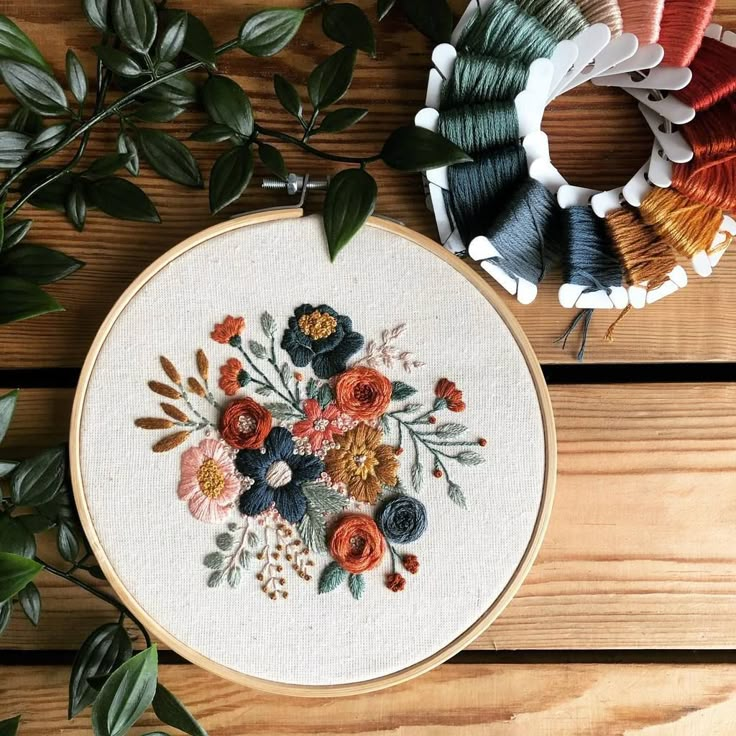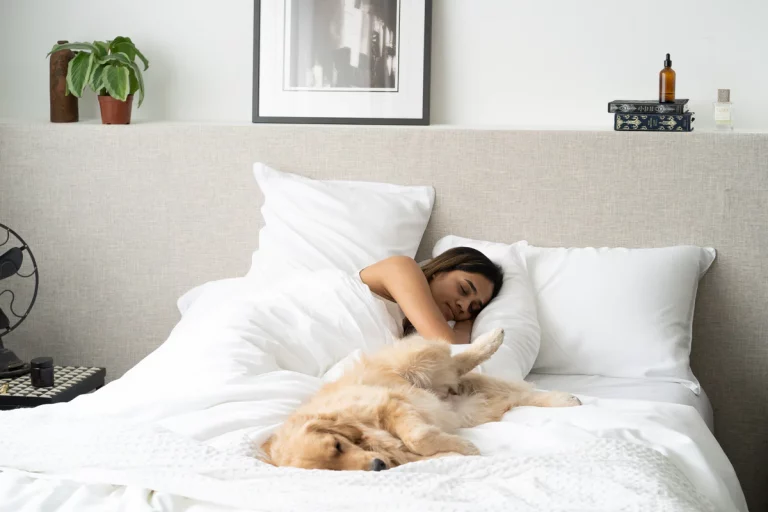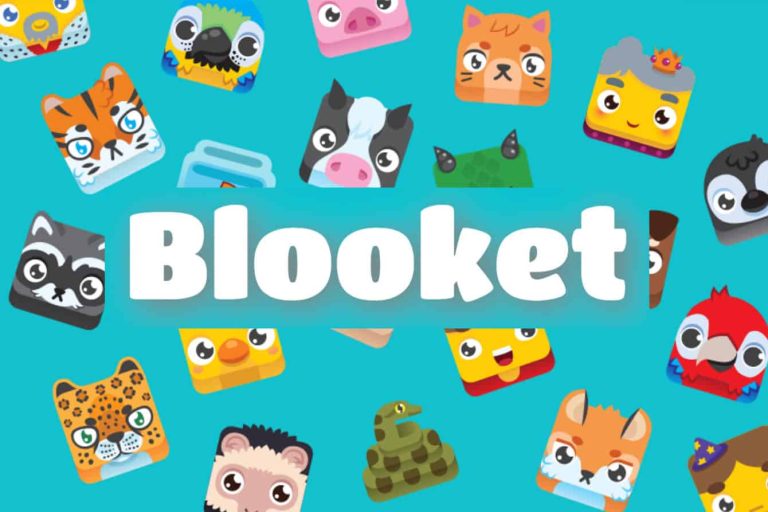Embroidery Flowers: The Art of Blooming with Thread

Embroidery, one of the oldest forms of textile art, has captivated artisans and hobbyists for centuries with its intricate designs and timeless beauty. Among its many motifs, embroidered flowers have stood the test of time, adding elegance and charm to everything from clothing to home décor. Whether you’re a beginner learning your first stitches or a seasoned stitcher looking for inspiration, the world of floral embroidery offers endless creative possibilities.
In this blog, we’ll delve into the world of embroidery flowers—exploring their history, popular techniques, materials, tips for beginners, and how to incorporate them into your projects.
A Brief History of Embroidered Flower
Floral embroidery has roots that span across cultures and centuries. In ancient China, silk threads were used to create elaborate floral patterns that symbolized prosperity and longevity. In Victorian England, embroidered flowers were popular on linens and gowns, each flower carrying its own symbolic meaning—roses for love, lilies for purity, violets for modesty.
Over time, different regions developed their own signature styles of floral embroidery:
- Crewel embroidery from England, known for its wool threads and nature-inspired motifs.
- Chikankari from India, featuring delicate white floral stitches on light fabrics.
- Sashiko from Japan, a form of decorative reinforcement stitching that often incorporates floral geometry.
Today, floral embroidery remains one of the most beloved motifs due to its versatility, symbolism, and sheer beauty.
Popular Flower Embroidery Styles and Stitche
There are countless ways to embroider flowers, from realistic, three-dimensional blooms to abstract and stylized interpretations. Here are some of the most popular styles and stitches used in flower embroidery:
1. Lazy Daisy Stitch
One of the easiest stitches, perfect for creating petal shapes. Great for beginners.
2. French Knots
These are used for flower centers or tiny blooms like forget-me-nots. Add texture and dimension.
3. Bullion Knots
Ideal for roses and buds. They give a rich, rope-like texture that looks intricate and beautiful.
4. Satin Stitch
Perfect for filling in petals and leaves with solid color.
5. Long and Short Stitch
Often used for realistic shading in petals, giving a painterly effect to the flowers.
Each stitch adds a different texture and visual effect, allowing artists to mix and match to create lush, layered floral compositions.

Materials You Need for Flower Embroidery
To get started with flower embroidery, you’ll need a few essential tools and supplies:
- Embroidery hoop – Keeps your fabric taut for even stitching.
- Embroidery floss – Choose cotton, silk, or wool threads in various colors.
- Fabric – Linen, cotton, and muslin are great choices for embroidery.
- Needles – Use embroidery or crewel needles with a sharp point and an eye large enough for floss.
- Scissors – Small, sharp embroidery scissors are a must.
- Pattern/Design – You can either draw your own floral design or use pre-made patterns.
Tip: Invest in good quality materials to enhance the final look and feel of your embroidery.
Tips for Beginners: Starting Your Floral Embroidery Journey
Getting into floral embroidery can seem intimidating, but it’s a wonderfully meditative and rewarding hobby. Here are a few beginner tips to help you flourish:
1. Start Simple
Begin with basic flowers like daisies, tulips, or sunflowers using only a few stitches.
2. Use Transfer Methods
You can trace patterns onto your fabric using transfer paper, water-soluble pens, or pre-printed kits.
3. Practice Your Stitches
Before working on your final piece, practice stitches on a scrap piece of fabric.
4. Work With a Limited Color Palette
Too many colors can be overwhelming. Stick to 4-6 hues that complement each other for a more cohesive look.
5. Take Breaks
Embroidery is time-consuming. Give your hands and eyes rest to avoid fatigue.
Remember, embroidery is as much about the process as it is about the product. Enjoy the flow of each stitch!
Creative Ideas for Using Embroidered Flowers
Floral embroidery isn’t just for decorative hoops. It can be incorporated into a variety of DIY projects to add a personalized, artistic touch:
- Clothing – Embroider flowers on jean jackets, collars, cuffs, or even sneakers.
- Home Décor – Add embroidered florals to cushions, table runners, or wall hangings.
- Accessories – Customize totes, hats, and pouches with floral designs.
- Gifts – Handmade embroidered pieces make thoughtful and personal gifts.
Mix embroidery with other crafts like quilting or fabric painting for a truly unique piece.
Floral Embroidery Trends in 2025
In 2025, embroidery continues to thrive as part of the slow craft movement. Some emerging trends in the floral embroidery world include:
- 3D Floral Embroidery: Using padding and layered stitches to make flowers pop off the fabric.
- Modern Minimalist Florals: Simple line-based floral designs with limited color palettes.
- Eco-Friendly Embroidery: Using natural-dyed threads and organic fabrics.
- Floral Portraits: Combining faces and florals into stylized compositions.
- Digital Meets Hand-Crafted: Combining digital embroidery machines with hand finishing for unique textures.
Floral embroidery is becoming not just a hobby, but a form of personal expression and artistic statement.
Final Thoughts
Embroidery flowers are a delightful way to celebrate nature, art, and handmade craftsmanship. From tiny buds to elaborate garden scenes, floral motifs bring fabric to life with every stitch. Whether you’re seeking mindfulness through a relaxing hobby or creating heirloom-quality artwork, floral embroidery offers endless inspiration and satisfaction.
So pick up your needle, choose your favorite blossoms, and start stitching your very own garden—one thread at a time.






